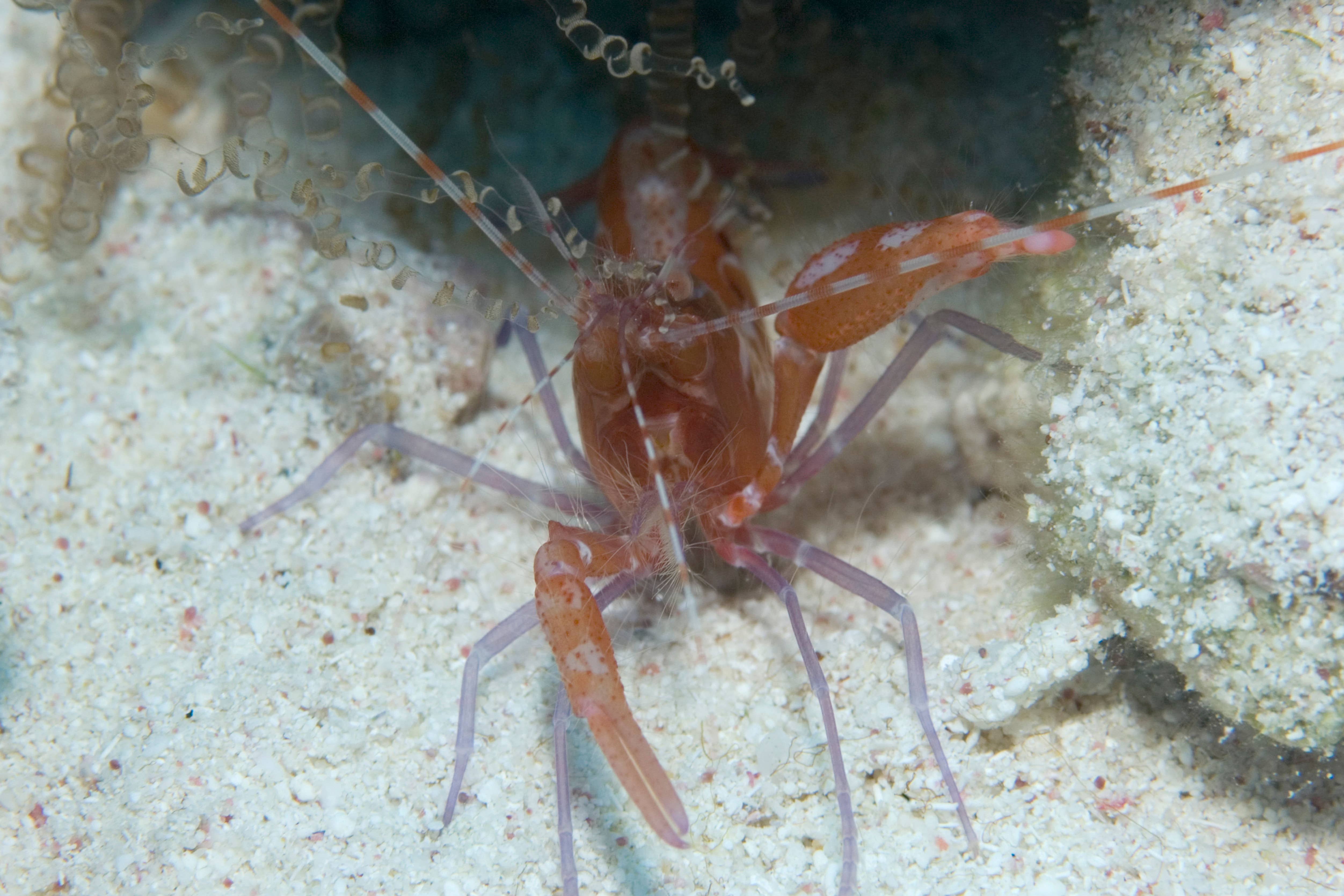Scientists eavesdrop on underwater creatures to gain insights on ocean life
Some species make noises from 3am onwards, while others were more active later in the day, creating a ruckus from 2pm.

Scientists have recorded sounds made by 21 marine species with the aim to understand more about the ocean environment.
Researchers used hydrophones – microphones designed to be used underwater – to eavesdrop on aquatic creatures living in a reef off the coast of Goa, India.
The scientists found that some species are early risers, making noises from 3am onwards, while others were more active later in the day, creating a ruckus from 2pm.
The team said its work, published in The Journal of the Acoustical Society of America, could help understand more about the lives of underwater creatures and their breeding seasons, as well as the impact of human-led activities on marine life.
This makes it extremely imperative to study these behaviours - and change in behaviours - to have an in-depth understanding of climate and its impact on underwater organisms
Study author Dr Bishwajit Chakraborty, former chief scientist at the National Institute of Oceanography in India, who is now retired, said: “Acoustic monitoring of underwater environments will enable us to know more about the climate and its related long-term changes in the physical and biological condition of the underwater environment.
“For example, as coral reefs are the hub of underwater biodiversity, conducting acoustic studies here is extremely essential to know the state and health of the reef and its inhabitants.
“Acoustic monitoring of underwater environments will enable us to know more about the climate and its related long-term changes.
“Marine life is directly impacted by change in temperature and climate conditions as they are mostly ectothermic by nature (with the exception of mammals) which loosely translates to… they regulate their body temperature based on the surrounding temperature.
“Therefore, in such cases, climatic changes are bound to have an impact on them, which in turn will affect their behaviour patterns.
“This makes it extremely imperative to study these behaviours – and change in behaviours – to have an in-depth understanding of climate and its impact on underwater organisms.”
There are around 250,000 known marine species, with thousands thought to emit sounds.
These include fully-aquatic marine mammals, such as whales, along with 100 invertebrates, such as sea urchins, and a thousand fish species.
For these underwater creatures, sound is a means of communication.
Many species also use sounds to gather and understand information about their environment – such as finding prey, identifying mates, locating offspring, avoiding predators, and locating habitat.
Experts involved in the International Quiet Ocean Experiment (IQOE) – a programme aimed at understanding more about the effects of sound on marine organisms – listened to the mating and feeding sounds of 21 marine species, which included songs, croaks, trumpets and drums.
They used artificial intelligence and other techniques to identify the species making the noises, which included snapping shrimp as well as choruses of fish species that eat plankton – microscopic organisms that live in the ocean.
The researchers also found that Terapon theraps – a medium-sized species of grunter – was loudest at dusk.
The team found that some species work the early shift, making noises from 3am to 1.45pm, while others take on the late shift, creating a ruckus from 2pm to 2.45am.
Meanwhile, plankton predators were found to be nocturnal and were “strongly influenced by the moon”.
But some marine sounds remain unidentified and the researchers are hoping that their work on Glubs (Global Library of Underwater Biological Sounds) – the world’s first library of underwater biological sounds – could eventually help reveal species currently unknown to science.
Miles Parsons, of the Australian Institute of Marine Science and a leader of Glubs, said: “Unidentified sounds can provide valuable information on the richness of the soundscape, the acoustic communities that contribute to it and behavioural interactions among acoustic groups.
“However, unknown, cryptic and rare sounds are rarely target signals for research and monitoring projects and are, therefore, largely unreported.”
Bookmark popover
Removed from bookmarks